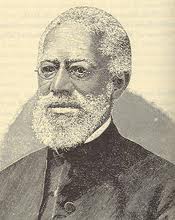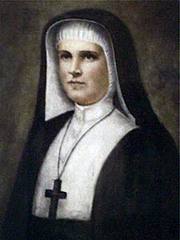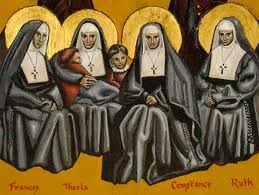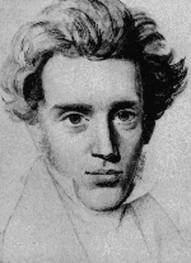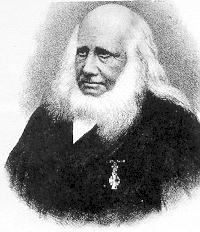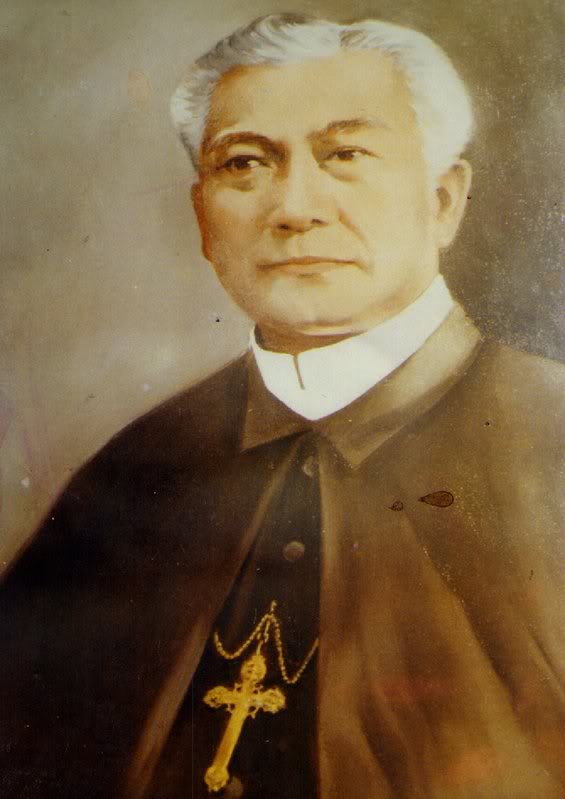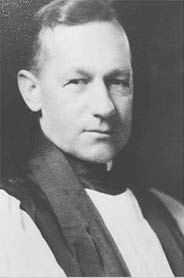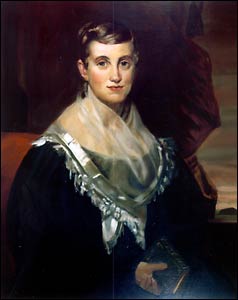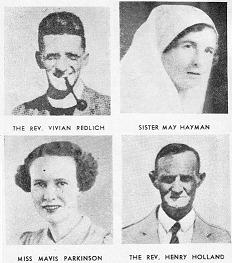Welcome to the Holy Women, Holy Men blog! We invite you to read about this commemoration, use the collect and lessons in prayer, whether individually or in corporate worship, and then tell us what you think. For more information about this project, click here.
About this commemoration
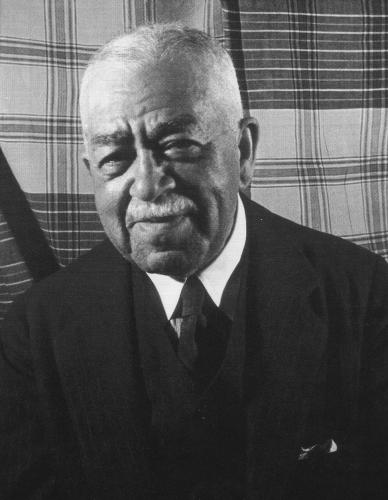 Henry (Harry) Thacker Burleigh was an American singer, composer and arranger who did more than anyone else up to his time to make available the musical and spiritual riches of the American Negro spiritual to vast audiences.
Henry (Harry) Thacker Burleigh was an American singer, composer and arranger who did more than anyone else up to his time to make available the musical and spiritual riches of the American Negro spiritual to vast audiences.
Burleigh was born in Erie, Pennsylvania in 1866. His grandfather, Hamilton Waters, had been a slave who had been blinded by a savage beating, but passed along old songs by singing them to his grandson, Harry. Burleigh had a natural voice and sang when and where he could. In 1892, with some difficulty, he won admission to the National Conservatory of Music where he studied voice and music theory. Although never directly a pupil of Antonin Dvorak, the director of the Conservatory at the time, he worked for Dvorak copying orchestral parts. It was Burleigh who suggested to Dvorak some of the themes that would become Dvorak’s Symphony No. 9: From the New World.
To support himself while at Conservatory, Burleigh became the baritone soloist at St. George’s Episcopal Church in New York City. The presence of a black man in the choir initially caused dissension, but it died down when J. Pierpont Morgan, a member of the parish, took a clear stand on the matter. Even after gaining other employment and becoming a successful composer, Burleigh continued to sing in the choir at St. George’s for many years and became a beloved part of the congregation.
Burleigh composed original music, mostly for voice, and was a well respected arranger and music editor in New York. His art songs were musical settings of the poetry of such great African American poets as Langston Hughes and James Weldon Johnson, among others. His greatest achievement, and that for which he will always be celebrated, was recovering and arranging many Negro spirituals for solo voice and piano so they could be widely heard on the concert stage. Various choral versions of the spirituals had been well known in the black churches, but it was Burleigh’s arrangements that made this distinctively American music available to the masses. Burleigh died on September 12, 1949.
COLLECTS
God our strong deliverer, whose Name is blest for the gifts of grace given to Harry Thacker Burleigh to gather and preserve the good heritage of African-American music and to lift up in song the struggles of his people: Let that Spirit of love which spurred him draw us also to join hands throughout the earth in Christ’s one great fellowship of love; through the same Jesus Christ, who with thee and the Holy Spirit liveth and reigneth, one God, now and for ever. Amen.
God our strong deliverer, we bless your Name for the gifts of grace given to Harry Thacker Burleigh to gather and preserve the good heritage of African-American music and to lift up in song the struggles of his people. Let that Spirit of love which spurred him draw us also to join hands throughout the earth in Christ’s one great fellowship of love; through the same Jesus Christ, who with you and the Holy Spirit lives and reigns, one God, now and for ever. Amen.
Lessons
Isaiah 42:10–12 Romans 15:5–11 Luke 1:39–45
Psalm 103:1–5, 20–22
Preface of the Epiphany
Text From Holy, Women, Holy Men: Celebrating the Saints © 2010 by The Church Pension Fund. Used by permission.
We invite your reflections about this commemoration and its suitability for the official calendar and worship of The Episcopal Church. How did this person’s life witness to the Gospel? How does this person inspire us in Christian life today?
If you’d like to participate in the official online trial use survey, click here. For more information about the survey, click here.
To post a comment, your first and last name and email address are required. Your name will be published; your email address will not. The first time you post, a moderator will need to approve your submission; after that, your comments will appear automatically
